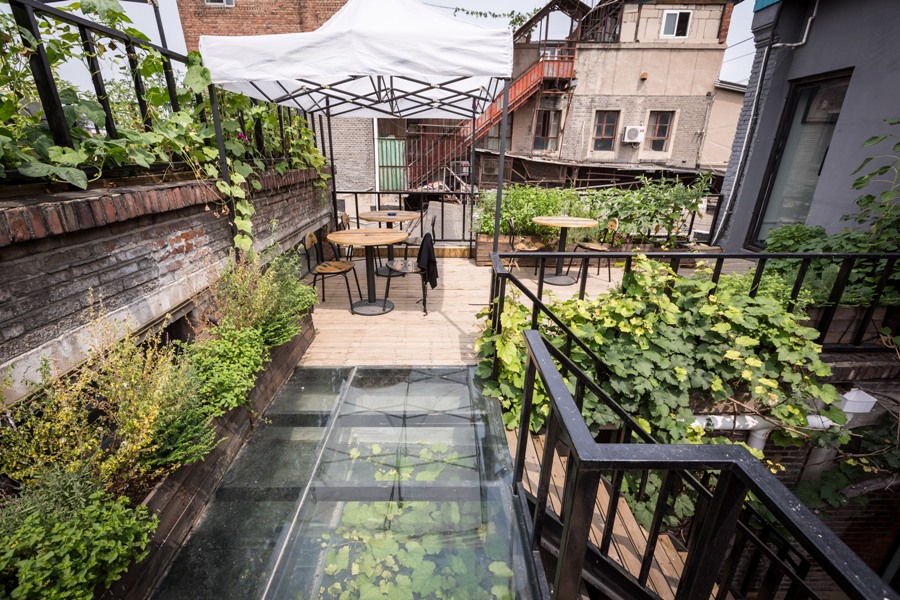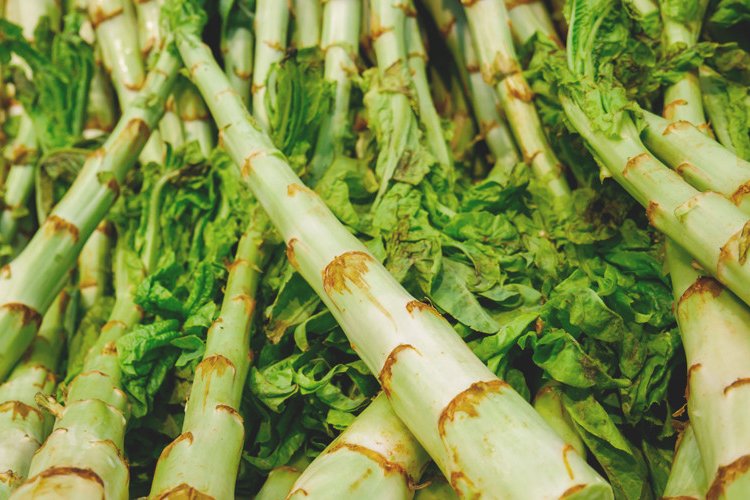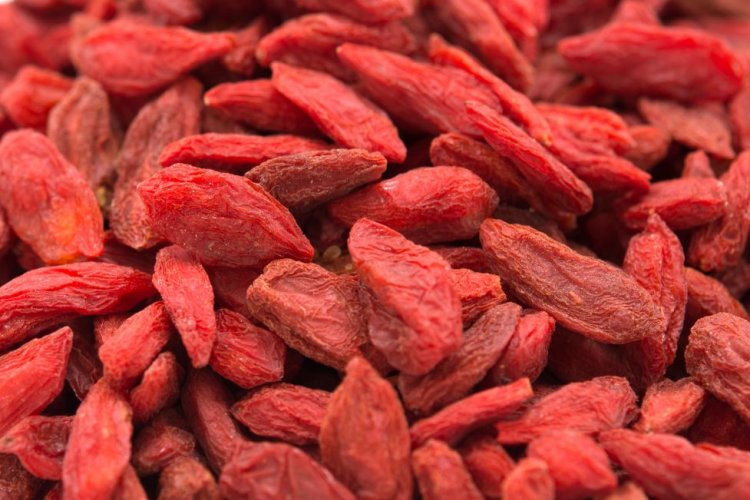DIY Aquaponics: How To Make Your Own Aquaponic Garden
Since its unveiling in May, Spoonful of Sugar’s lush rooftop garden has become one of our favorite places in the city to kick back with a coffee and a slice of homemade cake. What is the secret behind the prolific greenery? The answer: aquaponic gardening. Aquaponics combines aquaculture (growing fish) with hydroponics (growing plants in water). In essence, water from the fish tanks is fed into a system of pipes, where bacteria converts the waste products in the water to nitrites and nitrates, which are then used as nutrients by the plants. Any remaining water filters back into the system. Where it is possible to install one, a good aquaponic system has several advantages over conventional growing methods: it reduces water loss and the extra nutrients allow plants to grow up to four times faster, to name but a few.
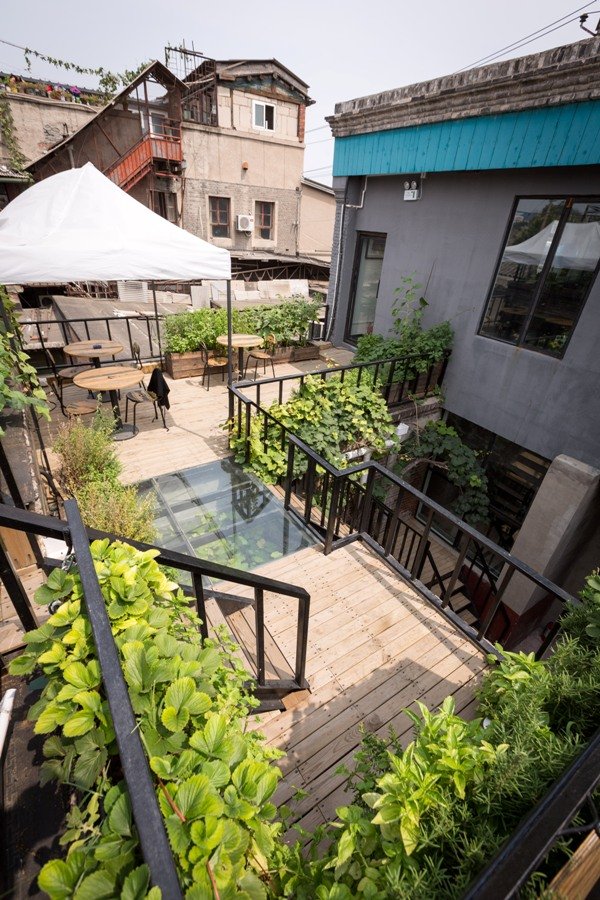
You will need:
Fish tank (Ikea clear plastic storage box)
Grow bed (Ikea clear plastic desk organizer)
Water pump
Tubing
Fish
Plants
The major components for your DIY aquaponics system can all be sourced from flower markets around Beijing such as Laitai and Liangma Flower Market. Liz also recommends Jia Shifu (贾师傅, 136 5103 7629), who has a small stall in Rundeli Market (润德立菜市场) off Deshengmen Neidajie.

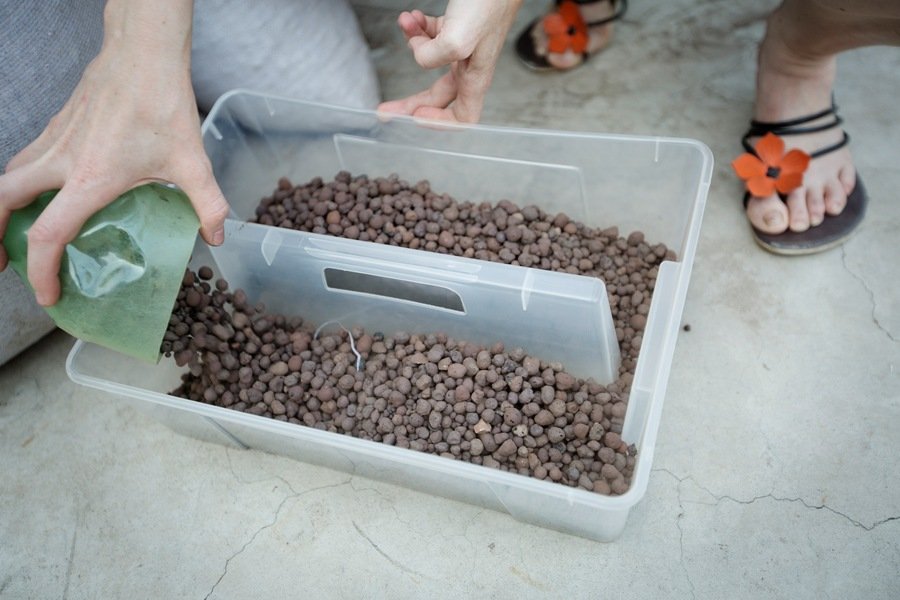
Step 1: Begin by drilling a couple of holes in the bottom of the grow bed to allow the water to drain back into the tank below. Fill the grow bed with clay beads. The porous beads easily absorb and retain water.
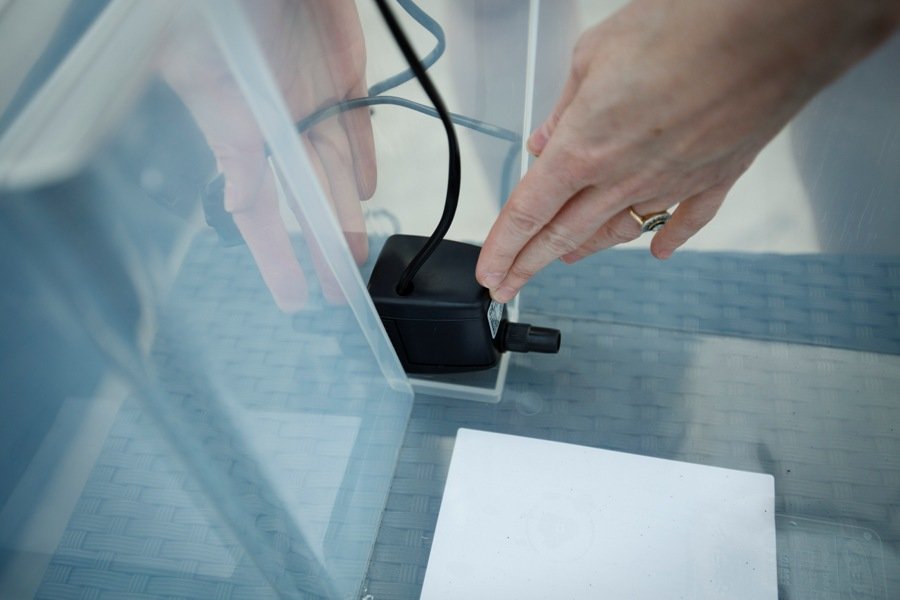
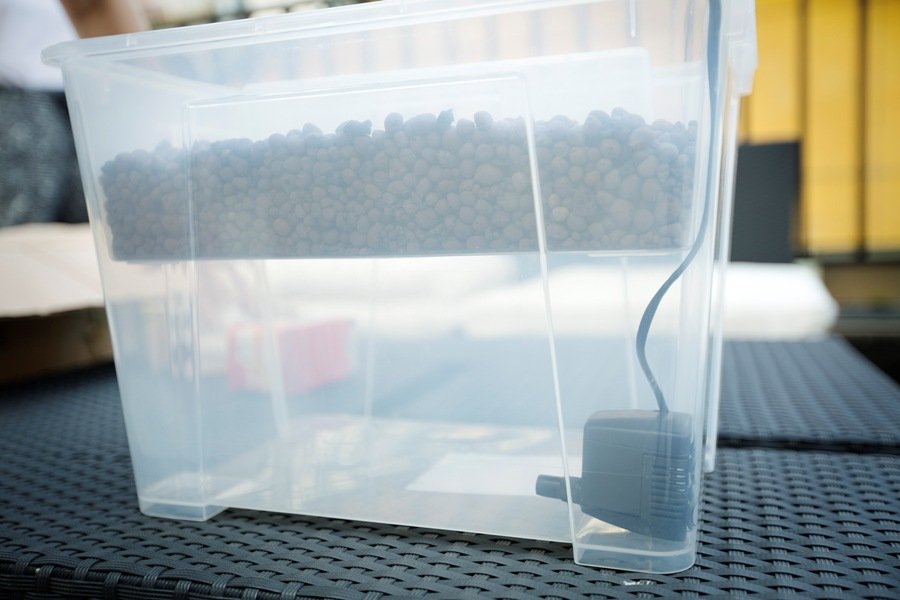
Step 2: You need a small pump that can handle approximately three meters
of water. Fit the pump to the tank so that it will be fully submerged in the water, and then attach a length of plastic tubing to the pump and bring it up through the grow bed so that the water falls onto the clay beads. Ideally, plug the pump into a timer and set it for 15 minutes every hour.


Step 3: Once the system is assembled, fill the tank with water (Liz suggests a
1:1 ratio of tap to bottled water) to approximately three inches below the grow bed. Turn on the pump. Once the clay beads are moist, you can add plants. Small, green-leaved plants work best (basically, anything that doesn’t have a deep root system). If you are growing from seed, allow them to first sprout and develop roots in seed beds, before rinsing off and transferring to the grow bed.
Step 4: Allow the system to run without the fish for a week or two. You may want to apply some fertilizer in the first week to help the seedlings on their way. Once you’re confident that the system is running smoothly, it’s time to add the fish. For a tank this size, add no more than three or four small fish; goldfish are your best option, since they’re hardy and can cope with water and temperature changes.
Liz Ashforth runs regular DIY aquaponics sessions at The Bookworm. Sessions have finished for the summer, but you can contact her on lizbob100@hotmail.com for more information on next year’s sessions.
Photos: Ken and Mitchell Pe Masilun

